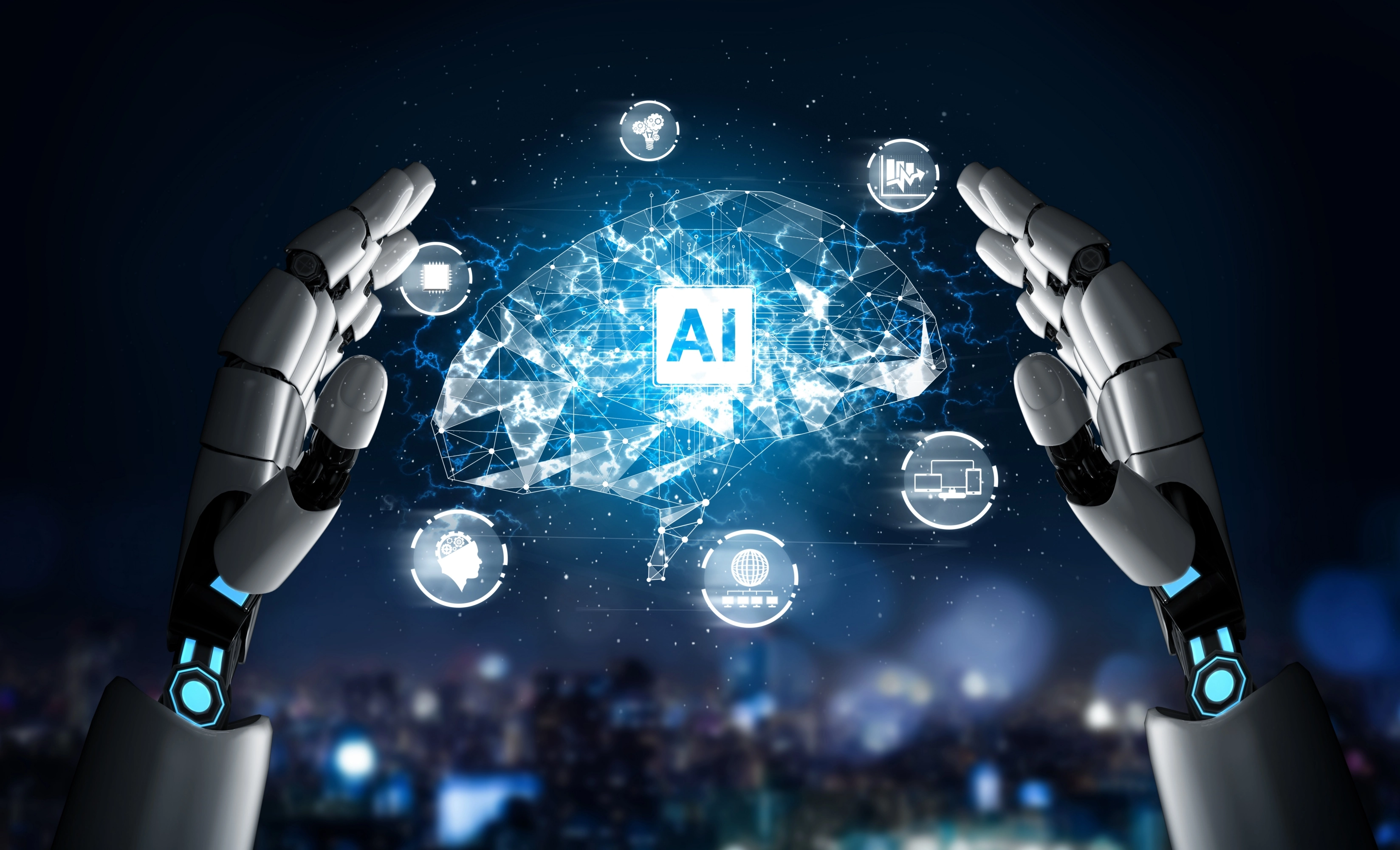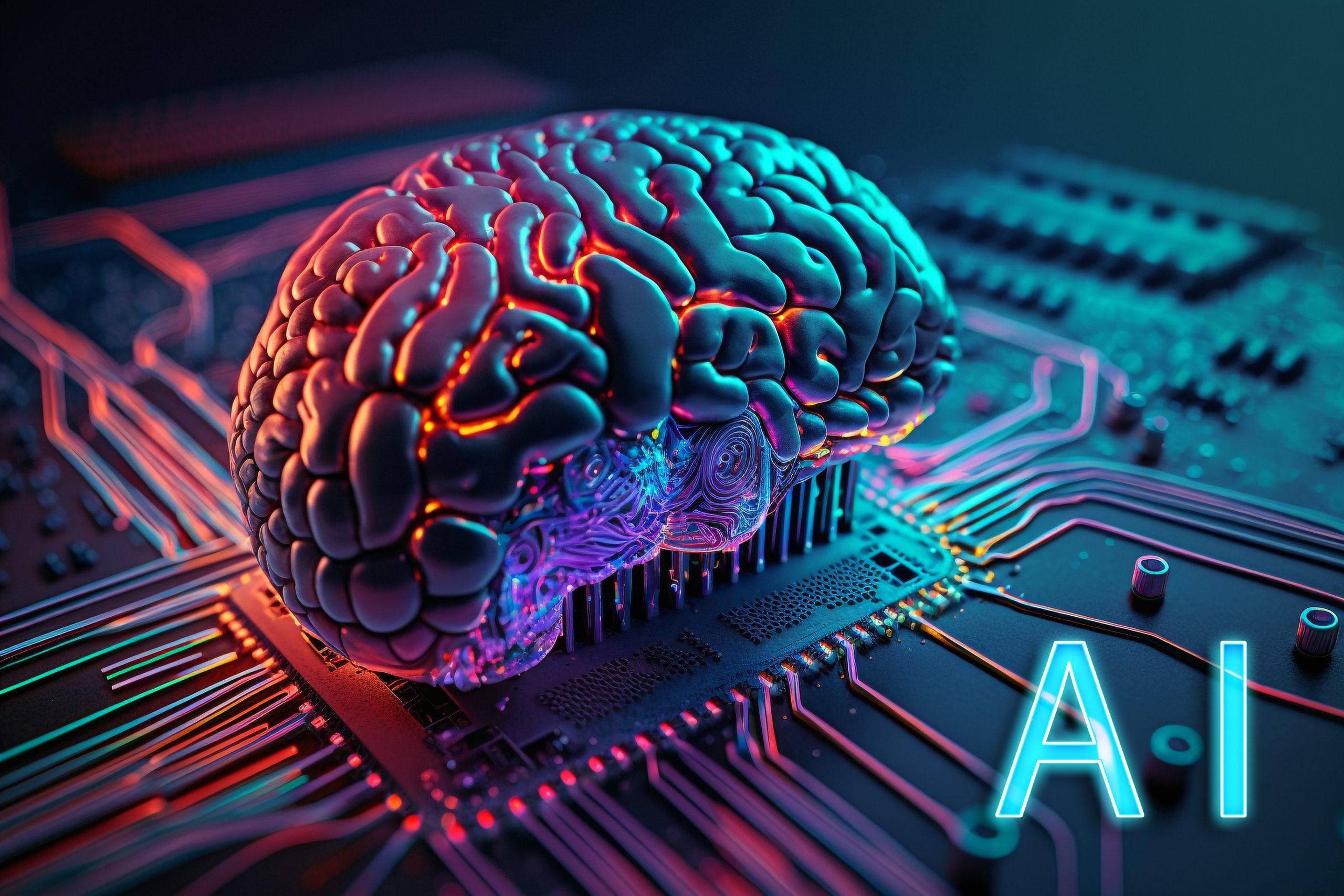
When considering In-house AI Development, the resource allocation is substantial, requiring significant capital, specialized talent, and extended timelines. This path offers unparalleled customization potential, allowing Boomsoftnomi to build solutions precisely tailored to unique operational challenges, fostering deep integration. However, its time-to-value is the longest, with benefits emerging after extensive development. Long-term viability demands continuous internal investment in maintenance and evolution.
In contrast, Off-the-Shelf AI Solutions present a more predictable resource allocation, primarily through subscription models, reducing the need for extensive internal expertise. While customization potential is more limited, constrained by vendor offerings, these solutions excel in time-to-value, enabling rapid deployment and immediate operational enhancements. Their long-term viability often relies on vendor roadmaps and support, minimizing internal maintenance burdens.
The Hybrid AI Integration approach strikes a balance. Resource allocation is moderate, combining targeted internal development with external service adoption, optimizing expenditure. This strategy offers significant customization potential for core, differentiating functions while leveraging robust external tools for standard tasks. It requires careful planning to manage diverse technology stacks effectively and achieve seamless integration.
Evaluating time-to-value, off-the-shelf solutions are clearly superior for rapid deployment, ideal for immediate problem-solving or quick market entry. In-house development, while slower, provides the strategic advantage of building proprietary capabilities that can offer a sustained competitive edge. The hybrid model offers a balanced timeline, accelerating certain aspects while allowing for bespoke development where it matters most.
From a long-term viability perspective, in-house solutions offer complete control over the technology's evolution, but also carry the full burden of future development and maintenance. Off-the-shelf options offload much of this to vendors, but Boomsoftnomi's future depends on vendor stability and product development. The hybrid approach distributes this burden, balancing internal control with external innovation and support. 
For organizations with highly unique operational challenges and substantial internal resources, In-house AI Development is ideal. It enables the creation of proprietary AI capabilities perfectly aligned with core business objectives, leading to profound transformation and differentiation. This strategy represents a significant investment in long-term strategic advantage.
When rapid deployment, cost-efficiency, and addressing common business problems are paramount, Off-the-Shelf AI Solutions are highly recommended. They allow organizations to quickly integrate proven AI functionalities, realizing immediate operational benefits with minimal internal development effort. This approach is excellent for initial AI exploration or for standardizing processes across various departments.
The Hybrid AI Integration model is best for organizations with complex needs that blend unique requirements with standard AI applications. It allows for strategic internal development of differentiating components while leveraging external solutions for foundational or common tasks. This approach optimizes resource utilization and accelerates specific aspects of deployment, offering a balanced control and innovation.
Comments